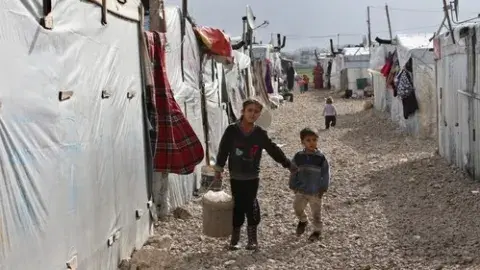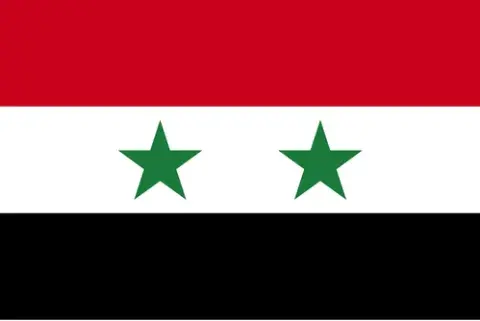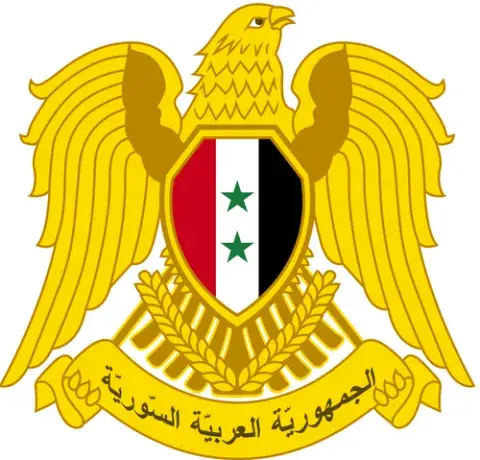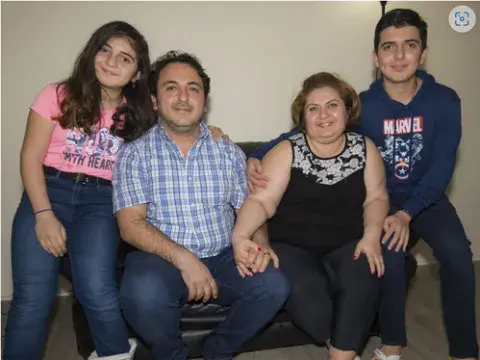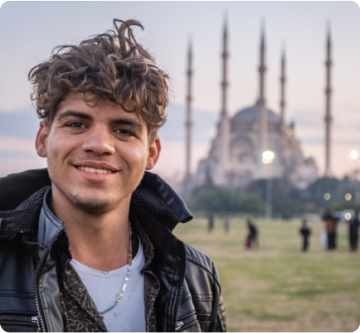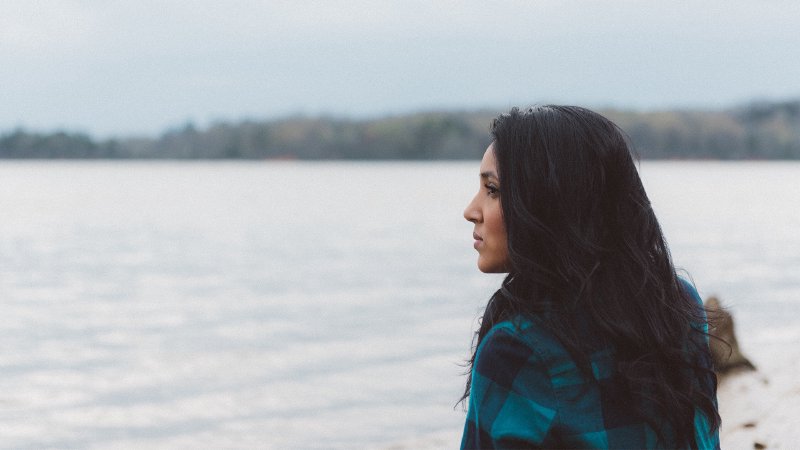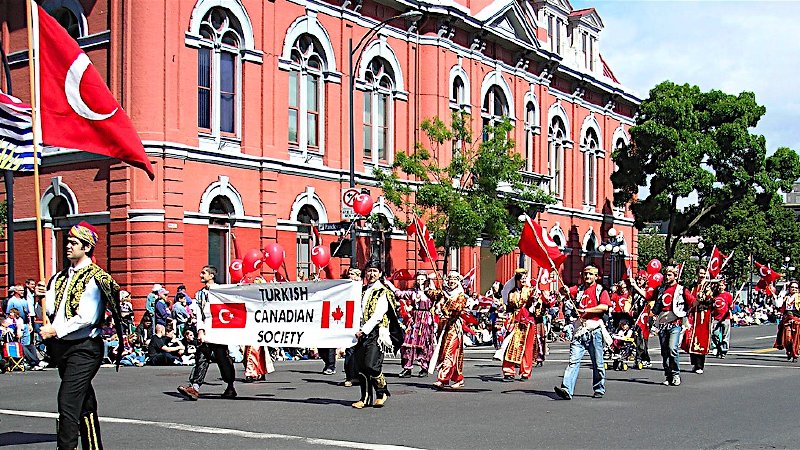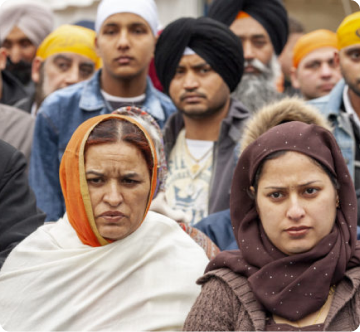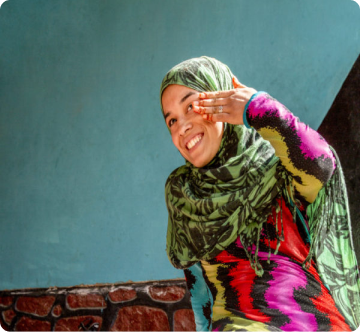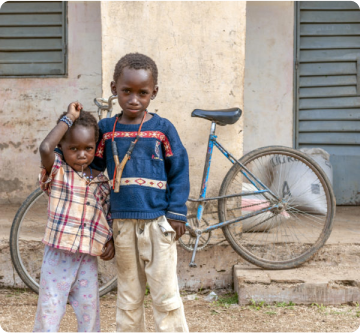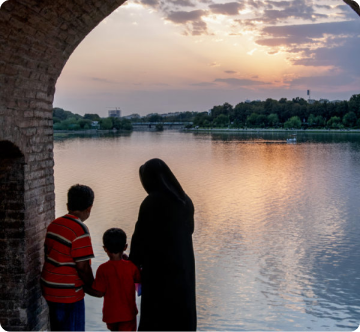Quick Facts
Place of Origin: Syrian Arab Republic
Primary language: Arabic
Secondary languages: Arabic is the official language, but Kurdish, Armenian, Aramaic, Circassian, English and French are also spoken.
Population: 22,125,24 (2022 estimate)
Religion: Syria's population is 74 per cent Sunni Muslim, 13 per cent Alwai, Ismali and Shia Muslim, 10 per cent Christian and three per cent Druze.
Other Information:
- Syria is home to diverse ethnic and religious groups, including the majority Syrian Arabs, Kurds, Turkmens, Assyrians, Circassians, Armenians, Albanians, Greeks, and Chechens.
- The Syrian civil war, fought since March 2011 between the Syrian Arab Republic led by President Bashar al-Assad, and various domestic and foreign forces that oppose both the Syrian government and each other, has largely subsided. It destroyed much of the country’s infrastructure and created the largest refugee and displacement crisis to date.
What are Syrian lives like?
- The majority of Syrians who came as refugees have lower education and less specific work skills. Those who have found work tend to be in factories, restaurants and other low-barrier employment. For those who come with trade skills or higher education, it can still be hard to get their certifications recognized in Canada.
- Although most recognize its importance, English is the largest barrier to Syrian refuges integrating into Canadian society. Language schools are available, but there are often waiting lists. For families, even if the parents have trouble learning, they still encourage their children to master it.
- In many cases Syrians who were here before the war (2011) are well established in society and have played a pivotal role in helping newer immigrants adapt to the culture. Unfortunately, there are also stories of immigrants who have been here longer taking advantage of refugees rather than assisting them.
- Some Syrian refugees say that they have experienced subtle prejudice. This is often expressed in indirect forms, like comments on news articles or public social media feeds but can also be found in volunteers' unintentional criticism of their choices or “policing” them at events.
- A 2021 study found that while many refugees underestimated how long it would take them to adjust to Canadian culture, they are generally happy to be in British Columbia and the multi-cultural nature of the lower mainland helped them develop a sense of belonging. It also found that many services and sponsorship groups continue to operate and focus on Syrians despite the war no longer being commonplace in the news.
- They are very welcoming and hospitable.
When did Syrians first come to Canada?
- 1880s-1960s – The first recorded Syrian Christians immigrated to Canada.
- 2015 – this year marked a major turning point for Canada’s response to Syrian conflict – More than 3,000 settled in BC that year alone and the influx continued throughout 2016, as part of the largest refugee resettlement initiative in Canada’s history.
- 2023– Despite the war no longer being in the media, many churches and organizations continue to sponsor Syrian refugees. Families that are more established are starting to help bring relatives to Canada as well.
Where do Syrians live in the Lower Mainland?
- Syrian refugees settled in 69 communities throughout the province of BC.
- The most popular areas included: Surrey (Whalley, Newton, Guilford), Burnaby (Burnaby North, Edmonds, Cariboo), Langley, Coquitlam (Cottonwood Drive, Eagle Ridge)
A 2017 study conducted by the Immigrant Service Society of BC (ISSofBC) showed 43% of BC’s Syrian refugees chose Surrey as their home. They chose Surrey because of the lack of larger and affordable housing in other parts of the province. Since their initial arrival, many families have moved as BC housing or other opportunities became available, but a majority still live in Surrey.
.
What do Persians believe?
- As Muslims, most Syrians believe in one God, Allah, and that the Prophet Mohammed was the final messenger from Allah.
- The Quran, which means “reciting”, plays a pivotal role in their lives and social organizations. It is encouraged that they read the Quran daily and pray five times a day.
- A study conducted in the US on International Religious Freedom found an estimated 90 per cent of Syrian War refuges identify as Sunni Muslim, though many Christians won't declare their faith for fear of persecution. Canadian stats are similar.
- Most women continue to wear Hijabs in public and at home in mixed crowds.
- Some Syrians identify as Muslim culturally rathar than religiously. They are open to religious discussion and may be inwardly asking questions, but they will still take part in major religious events.
- They typically worship at Masjids alongside other Muslims.
- Surrey is home to at least two Arabic Evangelical Churches.
Gallery
